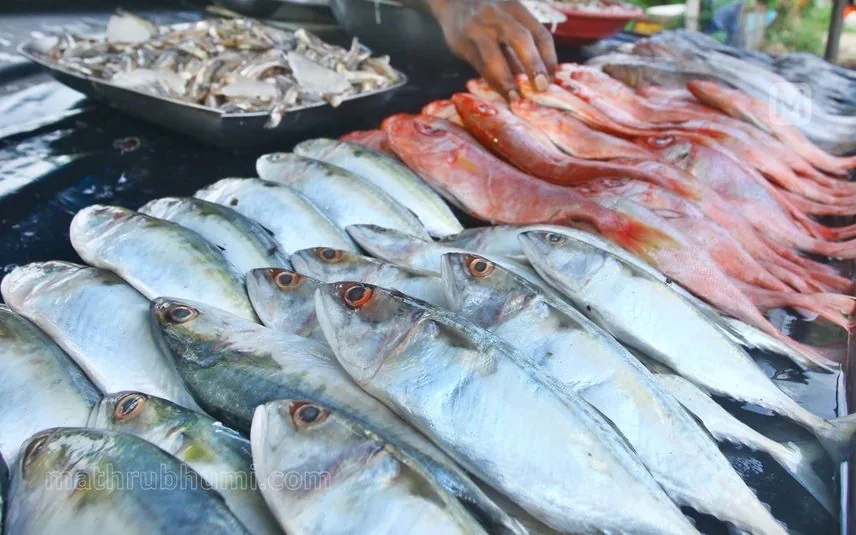Fish and seafood sales have experienced a noticeable decline this year, to the dismay of fish merchants who attribute the downturn to the economic conditions affecting families.
A Year of Struggling Sales
Luis Obando Hernandez, a seasoned fish and seafood merchant who has been in the business for 35 years, currently runs two establishments in downtown San Jose. He reveals that despite the lowering of consumer prices, the demand for fish and seafood products has been dismally low throughout the year.
Post-Holiday Sales Slump
According to Hernandez, the decline in sales became particularly evident after May, following the Easter season – traditionally the peak period for the sector. He believes that this decline is not a consequence of reduced supply due to the El Nino weather phenomenon.
Changes in Consumer Behaviour
Manuel Reyes Acosta, who has spent 13 years in the business and owns a fish shop in Guadalupe, Goicoechea, echoes Hernandez’s sentiments. Acosta has seen a significant decrease in fish sales, further impacted by the rainy season, which typically results in lower consumption based on his experience.
Economic Factors at Play
With the economic hardship families are facing, many are opting for cheaper protein sources like chicken, making it increasingly difficult for fish merchants to maintain sales, even with lower prices.
Navigating Through a Tough Market
In response to the lack of demand, suppliers have started offering consignments on credit to intermediaries. However, Hernandez has often declined these offers, fearing he might be left with perishable goods prone to spoilage.
A Downward Trend in Prices and Demand
According to the latest Consumer Price Index (CPI) report published on October 6 by the National Institute of Statistics and Census (INEC), there was a monthly variation of -0.82% in the prices of fish and other seafood in September, indicating a reduction compared to the previous month. Furthermore, there was an annual variation of -4.88%, suggesting a trend of lower prices which began manifesting in October 2022 but intensified from February onwards.
Fishermen Confirm Reduced Consumption
Mauricio Gonzalez Gutierrez, executive director of the National Longline Sector, attributes the price decline to the low demand for products due to lack of consumption. “The little fish that is caught is not being consumed,” stated Gutierrez.
Crisis in the Fishing Sector
The lack of demand has resulted in intermediaries paying lower purchase prices to fishermen, creating a crisis in the sector due to the resulting losses. Ruben Rodriguez, in charge of the Fishing Division of the Association Chamber of Fishermen, Ship Owners, and Related Activities of Guanacaste, also noted that the prices of popular consumption varieties have fallen due to low demand.
Varied Impact Across Products
However, despite the reduction in demand, there are still segments of consumers purchasing fish for health reasons. William Sancho Campos, a wholesale fish merchant with 40 years of experience in the business, also confirmed the reduction in consumption this year. According to Sancho, the consumption usually decreases after Easter and continues until around October, but this year has seen an even greater fall due to the economic difficulties families are facing.
Efforts to Maintain Sales
Fish merchants are making efforts to keep prices stable to stimulate sales despite the challenges. Jose Gutierrez Araya, owner of an establishment in the Central Market in San Jose, noted that prices have decreased once the fishing ban ended, maintaining a roller-coaster trend. He attributes the current adequate market availability to this factor.
The Bottom Line
Fish and seafood merchants are navigating through tough economic waters with sagging demand despite lowered prices, underscoring the broader challenges faced by families and the market dynamics in the sector.


1 comment
[…] Source link […]